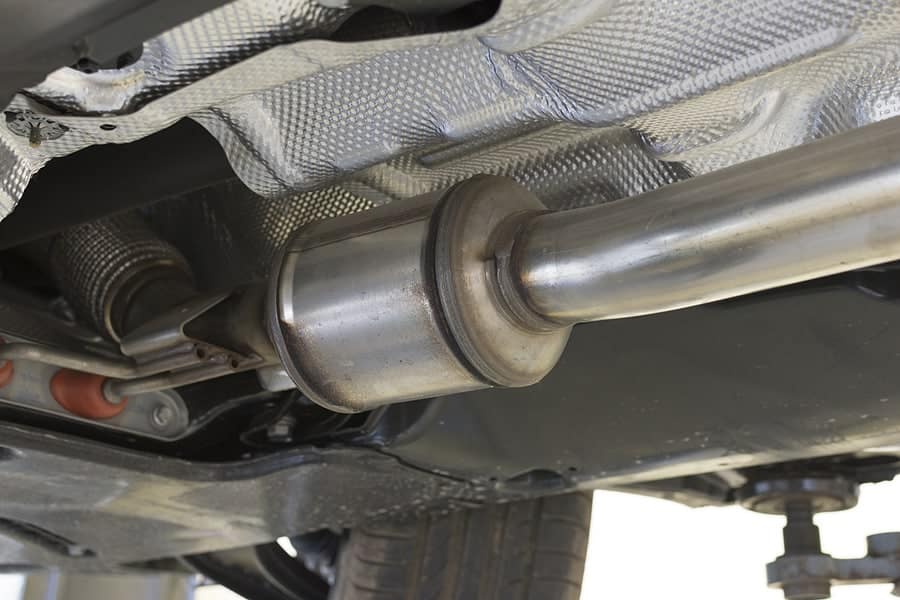
Last year the number of catalytic convertor thefts almost doubled. And you don’t have to be the most imaginative person to picture how frustrating it must be to try to start your car in the morning – only to find that this vital piece of the emissions system has been ripped off.
Not only is it an inconvenience, but it could also increase your insurance premiums when you claim for a replacement catalytic convertor – or worse still if you have a very old car, it could put it beyond economic repair. So how can you avoid getting yourself in such a predicament?
Table of contents:
- How does a Catalytic Convertor Work?
- Why do Theives Steal Catalytic Convertors?
- How to Prevent Your Catalytic Convertor from Being Stolen
- And Finally
How does a Catalytic Convertor Work?
Awareness around pollution went up a notch in the 1970s. Back when there were very few standards on vehicle emissions, cars were filthy beasts that chucked out a ton of pollutants into our atmosphere. To prevent this happening catalytic convertors quickly became the standard on all cars, using a redox reaction to turn carbon monoxide and unburned hydrocarbons into less harmful analogues such as carbon dioxide and water.
In order to catalyse (speed up) the redox reaction, several precious metals such as palladium, rhodium or even platinum may be used in the construction of the convertor.
Why do Thieves Steal Catalytic Convertors?
Because of the precious metals inside the convertor, stealing these parts has become an attractive enterprise for thieves. According to the experts, prices of the rhodium, palladium and platinum used in the construction have significantly increased over the past 24 months. Criminals can expect to net quite a bit of cash, usually in the region of several hundred pounds for a few minutes work removing this part from your car. And it’s a whole lot easier than stealing the whole car and having to fence it to some interested party.
How to Prevent Your Catalytic Convertor from Being Stolen
Follow this simple advice to reduce the chances of thieves targeting your vehicle.
Parking Tips
Putting your car in the right place can make it less attractive to thieves. Consider taking these actions:
Close the gaps
Make it difficult for thieves to access the underside of your car by parking up against fences, walls or a kerb – preventing them from sliding tools and cutters into the positions necessary to remove your catalytic convertor. If possible put the rear of the car next to a wall. As the convertor is situated near the exhaust box, this will dissuade criminals from targeting your vehicle.
Don’t tilt the vehicle
Parking your vehicle so that it’s hitched up on the kerb can look like an open invitation to thieves who are after catalytic convertors. It’s not that far off jacking up the car and gives criminals a whole lot more room and manoeuvrability to remove this part from the car.
Park in the light
Leaving your car in a well lit area won’t only make thieves who’re after your catalytic convertor think twice – the light makes easier to identify faces and show up on cameras – but it will stop other kinds of car crime like break-ins. Park under a traffic light, on a main road and avoid the poorly illuminated side streets.
Store your car off road
We’re not talking about Rally Class B type off road. We simply mean off the public highway. If you’ve got a garage that’s being used for nothing other than a little storage, consider clearing it out and parking the car inside. Additionally in some urban centres you can pay for overnight parking or private garages (such as multi storey car parks) and even putting the car on your drive – with a camera pointed at it (doesn’t even have to be a real camera – there are plenty of cosmetic ones available) can deter thieves.
Clever parking
If you’re in control of multiple vehicles then be a little smart with the parking. Put vehicles with a low ground clearance on either side of those with a high ground clearance to form an effective barrier to stop potential thieves getting under vehicles that they may otherwise consider an easy target.
Be unpredictable
Thieves often like to scope out a potential target vehicle before making the strike and removing the catalytic convertor. If you leave your car in the same place every night it makes it easy for criminals to know what to expect – what type of car they’re dealing with, the fixings and so-on. Don’t make it easy for them and move your car around.
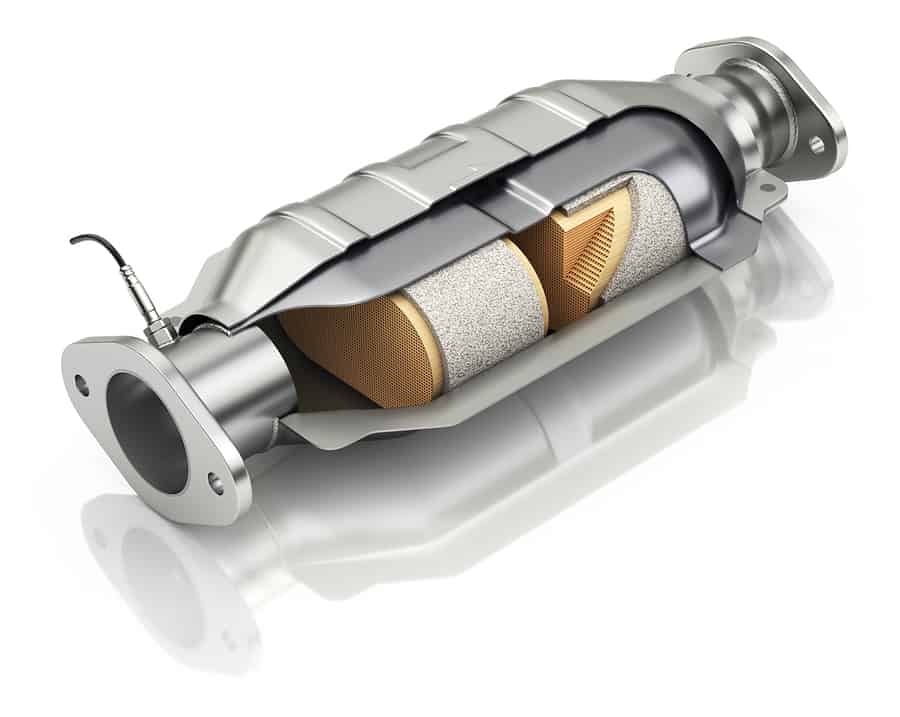
Security Tips
Make your vehicle more secure with the following security advice:
Install an alarm
Live in a big city? Then you should probably already have an alarm on your car. However, make sure it has a tilt sensor that can detect sudden movements in the car, which could indicate the catalytic convertor is under attack. The noise should scare off attackers if the system triggers.
Catalytic convertor clamp
The CatClamp locks your catalytic convertor to the framework of your car in no less than 7 places, without damaging or impeding the function of the exhaust. Made using over 40 feet of aircraft gauge steel cabling, this will prove a major barrier to any thieves intent on removing the convertor from your car illegally. Alternatively there are other devices available out there that work in a similar preventative manner such as the Catloc.
Bolt welds
One of the most simple, low cost methods of securing your catalytic convertor is to get your local mechanic to get the torch out and weld the bolts, making it more difficult to remove from the body of the car. Be aware this might make the part harder to service in the future.
Mark your catalytic convertor
Some garages look for serial numbers that have been etched onto catalytic convertors using forensic pens. You can purchase kits that come with specific serial numbers that help trace stolen parts.
And Finally…
Remember to be vigilant in your local neighbourhood. Help prevent crime by reporting anyone who you see peering under cars or skulking around. Many thieves are getting better at bypassing security systems – and there really is no substitute for looking out for your neighbours. After all you’d want them to do the same for you.
If the worst does happen, then don’t panic and remember there are steps you can take to claim on your insurance and notify the police.

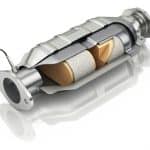

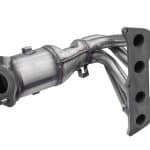



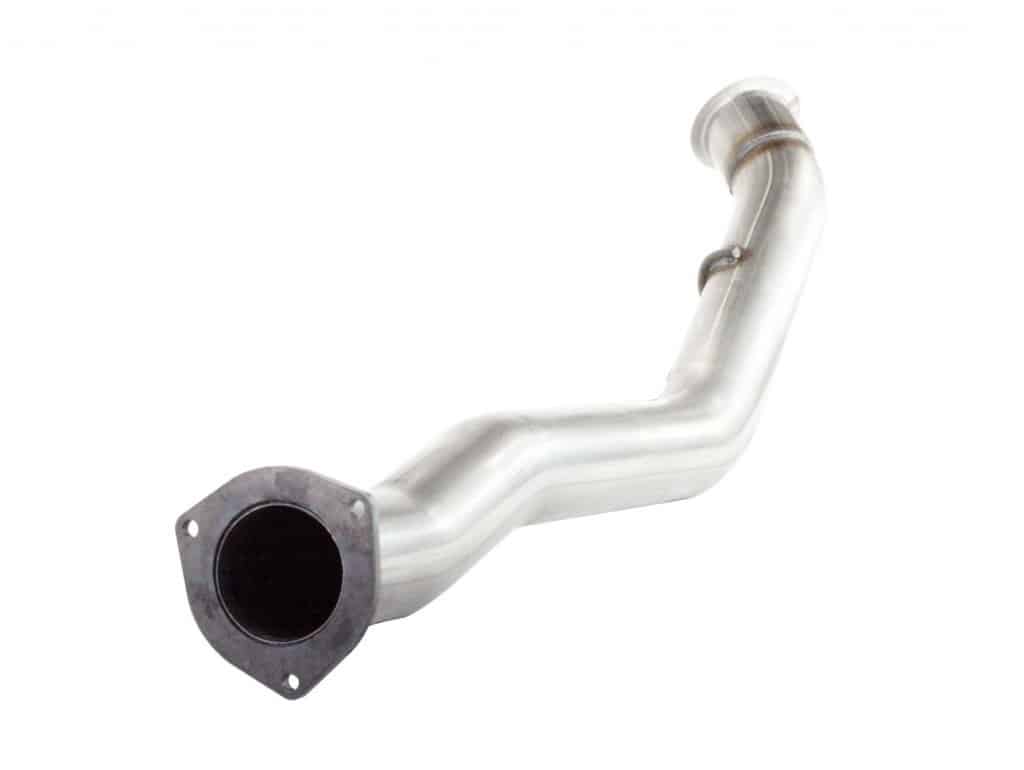




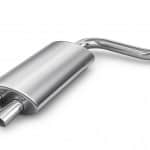
.png)